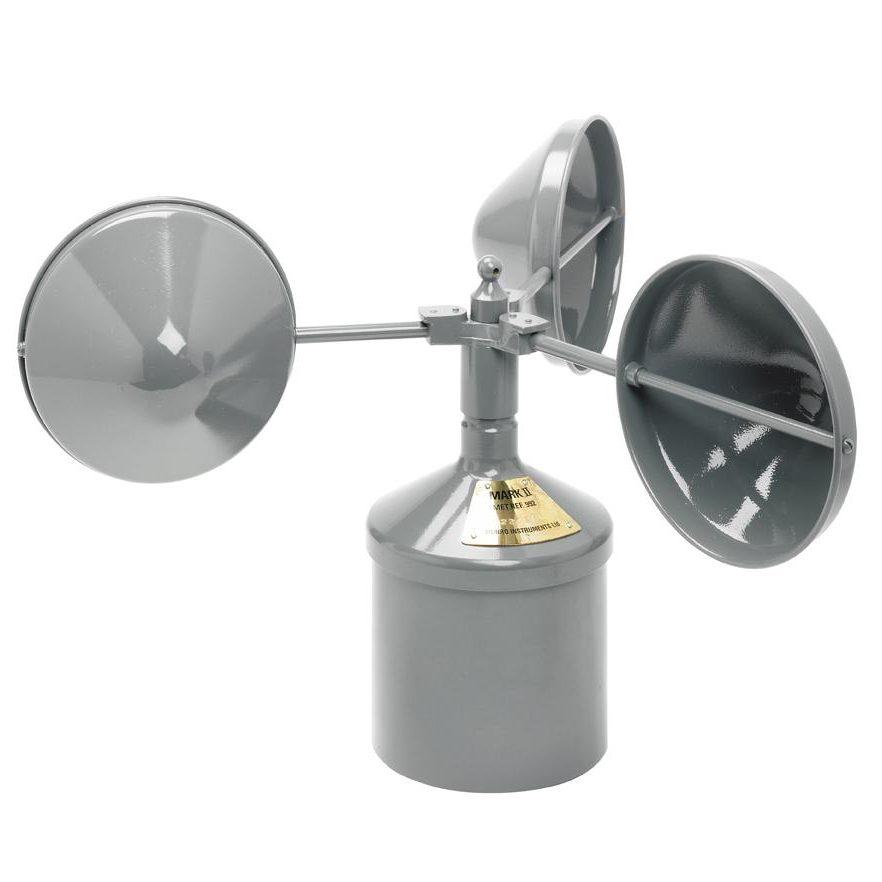Professional Tips for Calibrating Your Anemometer for Ideal Performance
Professional Tips for Calibrating Your Anemometer for Ideal Performance
Blog Article
Anemometers Introduced: Recognizing Their Importance in Ecological Surveillance and Safety And Security Actions
The role of anemometers in ecological tracking and safety actions is usually underestimated, yet their value is indisputable. From meteorology to air travel safety, anemometers play an essential duty in supplying accurate data that informs decision-making processes and boosts general safety and security.
History of Anemometers
The advancement of anemometers can be mapped back to the ancient human beings where fundamental wind measuring tools were very first made use of. These early wind dimension devices laid the foundation for the growth of much more innovative anemometers in time. Among the earliest known anemometers was the hemispherical mug anemometer invented by Leon Battista Alberti in the 15th century. This style contained 4 hemispherical cups that accumulated wind energy, offering a dimension of its strength based upon the speed of rotation.
In the 18th century, the popular researcher John Thomas Romney Robinson presented the Robinson anemometer, which included 4 hemispherical mugs installed on straight arms that prolonged from a central axis. This layout came to be a standard in meteorological measurements because of its precision and integrity. Throughout the years, innovations in technology resulted in the growth of even more modern-day anemometers, consisting of ultrasonic anemometers and laser Doppler anemometers, supplying enhanced accuracy and performance in gauging wind rate and instructions. The history of anemometers showcases a remarkable journey of development and development in the field of meteorology.
Sorts Of Anemometers
Throughout the area of weather forecasting, different sorts of anemometers have been developed to accurately determine wind rate and direction. One of the most usual type is the cup anemometer, which contains 3 or four mugs placed on horizontal arms that rotate with the wind. As the cups rotate, the speed at which they turn is straight symmetrical to the wind rate. One more extensively made use of kind is the vane anemometer, which features a tail or fin that straightens itself with the wind instructions. This placement allows the tool to determine the wind instructions. Sonic anemometers use ultrasonic signals to determine wind rate and instructions accurately. They are typically utilized in research study applications because of their high accuracy. Hot-wire anemometers operate based upon the principle that the cooling result of wind on a warmed wire is proportional to the wind rate. These anemometers appropriate for gauging low wind rates with high precision. Each sort of anemometer has its strengths and is chosen based upon the specific needs of the monitoring job available.
Applications in Weather Forecasting
Having actually reviewed the different kinds of anemometers made use of in meteorology for measuring wind speed and direction, it is vital to discover their useful applications in the area. Anemometers play a vital duty in meteorology by offering real-time and precise data on wind problems (anemometer). Meteorologists use anemometers to keep an eye on wind speed and instructions to forecast weather condition patterns, problem warnings for serious weather condition events like typhoons, tornados, and tornadoes, and analyze atmospheric problems for aviation security
In meteorology, anemometers assist in comprehending regional and local wind patterns, which are crucial for forecasting climate changes and determining climatic trends. These tools are additionally utilized in research study to research microclimates, urban warm islands, and air pollution diffusion. Furthermore, anemometers are employed in farming to enhance plant management techniques, such as watering and chemical application, based upon wind problems.
Relevance in Aeronautics Safety And Security
An important facet of guaranteeing aviation security lies in the meticulous tracking of wind conditions making use of anemometers. Anemometers play an essential function in air travel by giving real-time data on wind speed and instructions, helping pilots in making notified choices throughout trip, take-off, and touchdown. Strong and unpredictable winds can substantially influence aircraft procedures, making it important for aeronautics authorities to depend on exact wind measurements to guarantee the safety of travelers and staff.

In the dynamic setting of aviation, where also minor changes in wind rate and instructions can have profound results, anemometers stand as important tools for promoting safe and secure air travel.
Duty in Environmental Research Study
Anemometers play an important role in environmental research study by giving essential data on wind speed and direction. By accurately determining wind features, anemometers aid scientists assess the activity of toxins in the air, assess the impact of industrial discharges, and predict the spread of contaminants in the atmosphere.


Final Thought
Finally, anemometers have actually played a critical role in ecological monitoring and safety and security steps. With a rich background and numerous kinds readily available, these devices have actually been widely used in meteorology, aeronautics safety and security, and ecological study. Recognizing the relevance of anemometers is necessary for accurately measuring wind rate and instructions, which is crucial for anticipating weather patterns, ensuring risk-free aeronautics procedures, and carrying out ecological research studies - anemometer. Their payments to these areas can not be taken too lightly.
One of the earliest well-known anemometers was the hemispherical cup anemometer created by Leon Battista Alberti in the 15th century. Over the years, developments in modern technology led to the advancement of even more contemporary anemometers, consisting of ultrasonic anemometers and laser Doppler anemometers, providing enhanced accuracy and efficiency in gauging wind speed and direction. Hot-wire anemometers run based on the principle that the cooling impact of wind on a warmed cable is symmetrical to the wind speed. Meteorologists make use of anemometers to keep track of wind rate and direction to anticipate weather patterns, problem cautions for extreme weather occasions like tornadoes, cyclones, and tornados, and evaluate climatic problems additional reading for aviation security.
Comprehending the significance of anemometers is crucial for precisely determining wind rate and instructions, which is essential for predicting weather patterns, making sure secure aeronautics operations, and carrying out ecological research studies. (anemometer)
Report this page